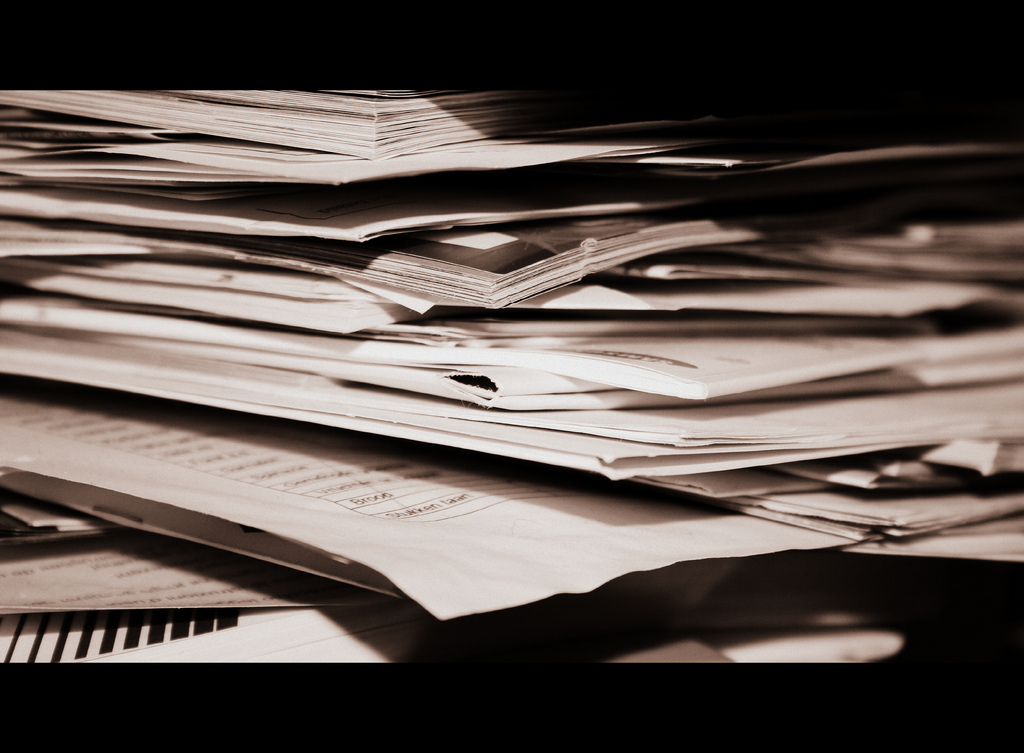Writing can be a messy, tumultuous process. Here’s how I tackle writing and revision.
As a full time art history student, Writing Fellow, and roommate who still has to do the dishes and take out the garbage, life’s pretty hectic and writing has been placed in this time bubble of due dates and drafts. With that, I am having to be more aware of my writing process, and here are three things that I do to improve my revision process.

1. Environment
Now, I know this might not exactly sound like a “process,” but it’s important. The environment I put myself in allows for how much writing and critical thinking I am able to produce. Environment starts with a setting. I like to mix things up and devote hour blocks to writing sitting cross-legged on the floor my small scale apartment room or tucked in the niche of Bourgeois Pig’s upstairs lounge area. After an hour, I’ll move to the next room, coffee shop, or library level hitting several spots in one day. This cycle of changing environments after working hard for an hour or two, allows for my brain to think and digest everything I’ve just written. The movement from one setting to the next creates forced time for thought. Along with that environment, comes mood. As many writers do, I listen to music while I write, but as much as I want to listen to Kanye West’s recent album Yeezus, I need relaxing tunes that act as background music or static noise.
2. Plowin’ Through
The most important part of a writing process is actually getting to the writing. Sometimes I’ll treat my first draft as a free writing assignment, and I’ll type anything and everything that comes to my head on the chosen topic. This allows me to get every idea out on the page, and one thing that our thoughts do naturally is transition from one topic to the next. I use this transition to produce the natural flow of the paper the way my brain processed it. For research based papers, this can sometimes be a road block, and so I’ll remember to do the majority of my research beforehand and allow my hands to type all the information I just retained. Of course this means I’ll have to go back later and plug in proper citations, but it escalates my writing process by extracting what I want to say and not focusing on how I want to say it. That process comes next.

3. Reverse Outline
I’m not too good at that whole outlining before practice. I almost think of it as too much structure–like I have to keep to all those ideas in chronologically ordered throughout my paper. I’d rather just adjust afterwards, and so that’s what I do. When I’m all done with my “plowin’ through” stage and created a somewhat legible piece, I print out the document and, with a pen in hand, write down the main point of each paragraph in the margin. I will circle paragraphs that need to be moved and arrows directing them. I outline in reverse to see if I’ve reached my main goal from the beginning. By creating a reverse outline, I can control every revision of my paper instead of having ideas float around in my head.
This is just a taste of what my writing process is like. What’s yours?
Discover more from UCWbLing
Subscribe to get the latest posts sent to your email.

